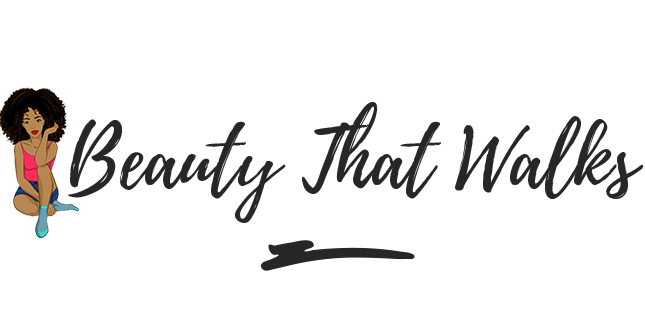Clothes are an everyday part of life. We have them on for the majority of the time. So it’s not surprising that we begin to take them for granted and put little thought into much other than appearance and comfort. But it’s important that we know what our clothing consists of. Before you put on any item, you should question it. What fabric is it made from? Where was this sourced? Is there a better alternative out there? Asking these questions not only helps us to appreciate the process that goes into creating our fashion, but it helps us to make more informed decisions about what we’re going to have against our sensitive skin day in and day out. It also helps us to decide how much we’re willing to spend on any given item, taking its quality and expected durability or longevity in mind.

Here are a few different fabrics commonly used in clothing and everything you need to know about them.
Cotton
Cotton is perhaps the most popular fabric used in clothing. In fact, it’s been used in clothing for around 7000 years! It’s not surprising, then, that it’s grown in 85 different countries around the world and takes up 2.5% of the world’s arable land. It is a completely natural fibre, which means that people are less likely to experience allergic reactions or irritation in response to wearing it. It’s relatively hypoallergenic! Not only is this beneficial, but it is soft and breathable too. One cotton bale also goes a long way. Just one bale can make 250 single bed sheets, 1200 t-shirts, 215 pairs of jeans, 750 shirts, or 4300 pairs of socks. Chances are that you have several cotton items in your wardrobe already!

Polyester
When we think of fabrics, we often cross plastic off the list. After all, this is a material reserved for bottles, carrier bags, and pipes, right? Wrong. Believe it or not, polyester is a type of plastic which is incorporated into the manufacturing process of various items of clothing. For polyester fabric clothing, polyester fibres are bound together. It is durable and resistant to many chemicals, shining, and stretching. It is also easy to dye, retains its shape well, can be washed and dried at home, and is very lightweight. One of its key features is its fast drying. This is why it’s so common in items designed for workouts or outdoor wear.
Bamboo
In a world that’s becoming increasingly aware of the detrimental impact that human activities are having on the environment, we’re constantly in search of alternative materials that can prove more eco-friendly. Bamboo is a champion amongst environmentally friendly materials. It grows at a rapid rate, so crops are easily replaced once they’ve been used up. Shoots also grow vertically, taking up relatively little space when it comes to the diameter of fields that it is grown in. This is great too, as it means fewer habitats are destroyed for the sake of space for human crops. But these aren’t the only benefits of bamboo being made into fabric. It’s antibacterial and extremely soft too!
These are just three fabrics, but take the time to look further into other fabrics that you wear on a regular basis. It’s always good to know what you’re using!



